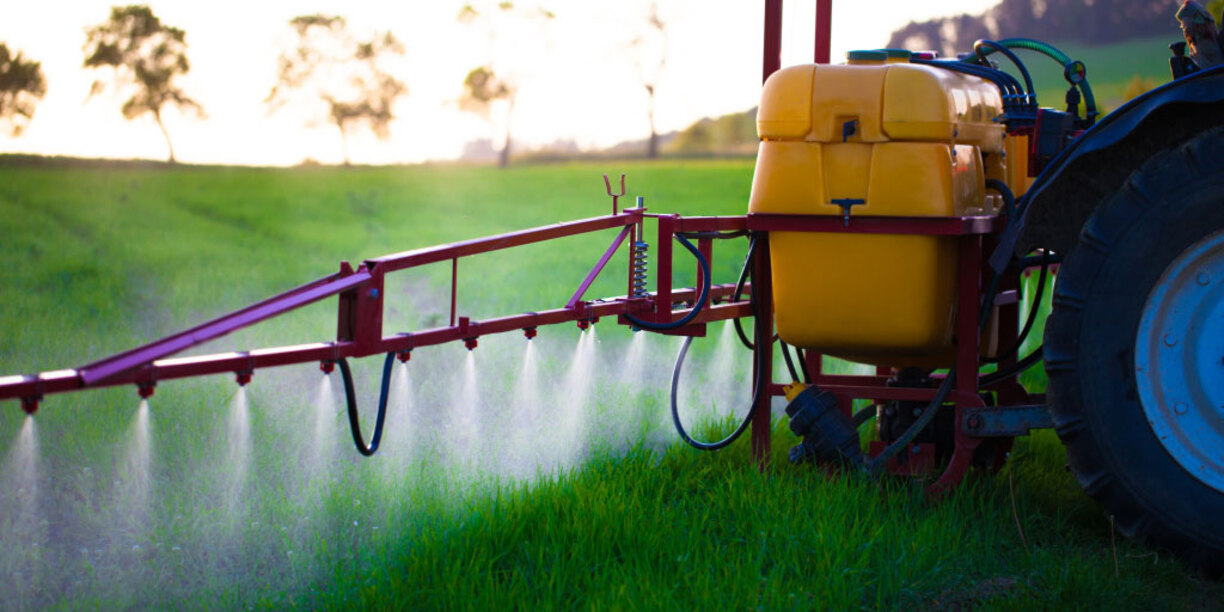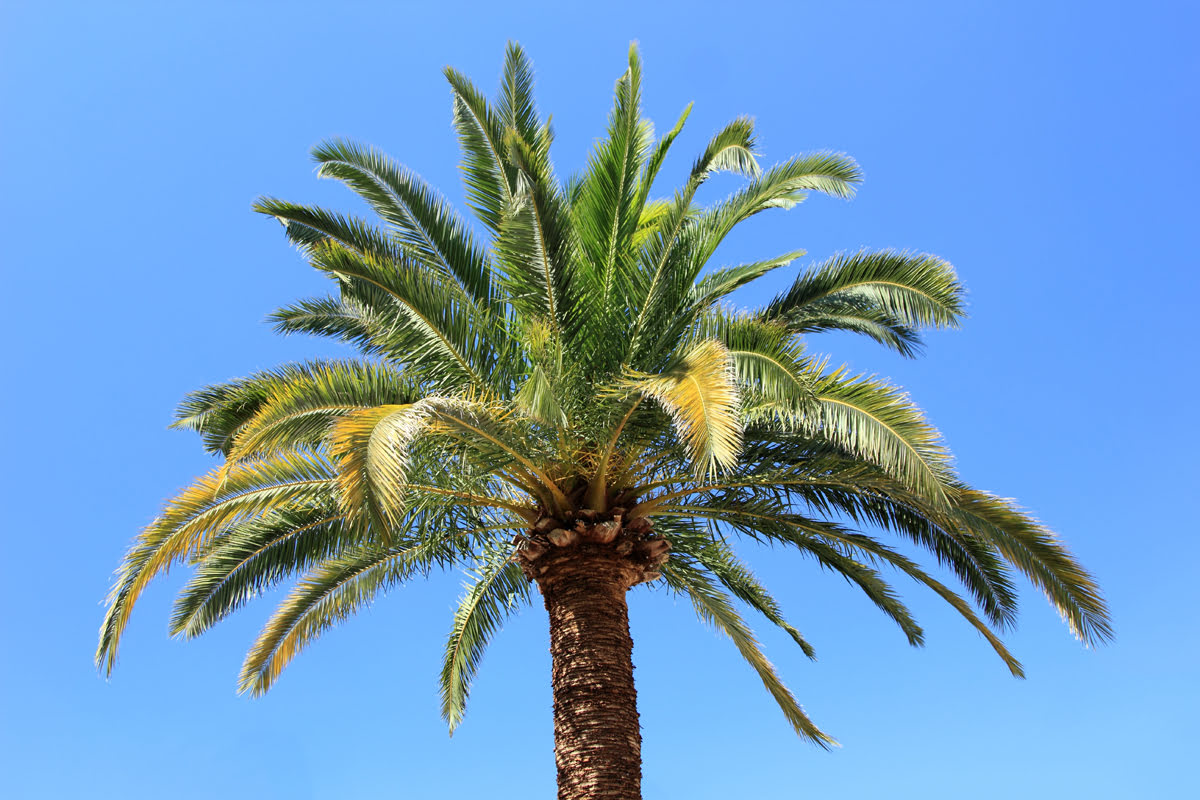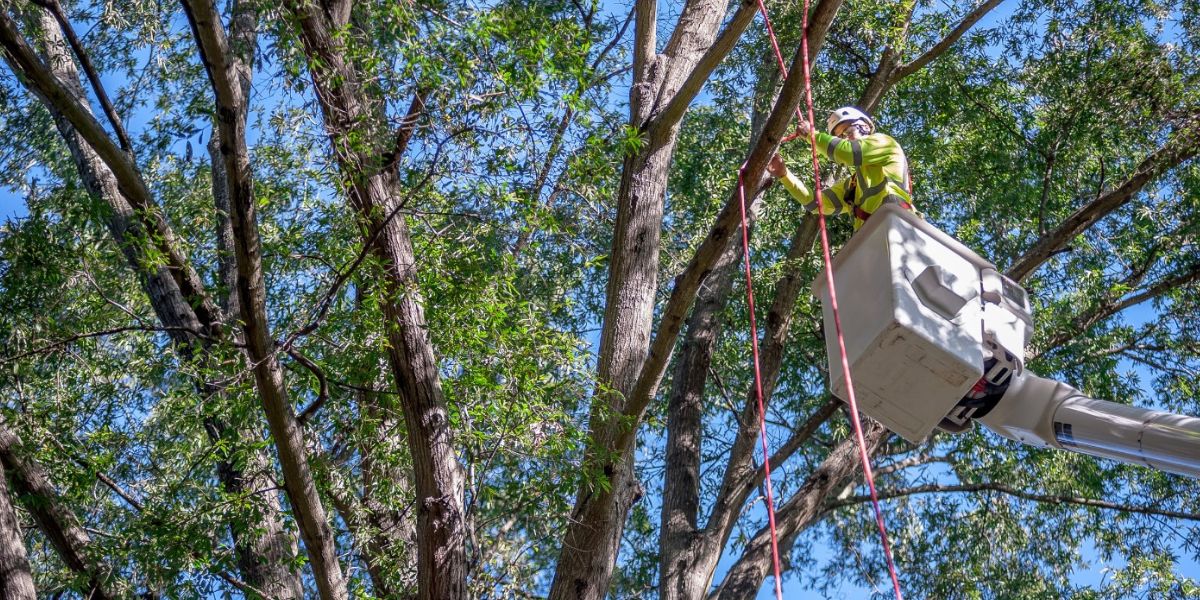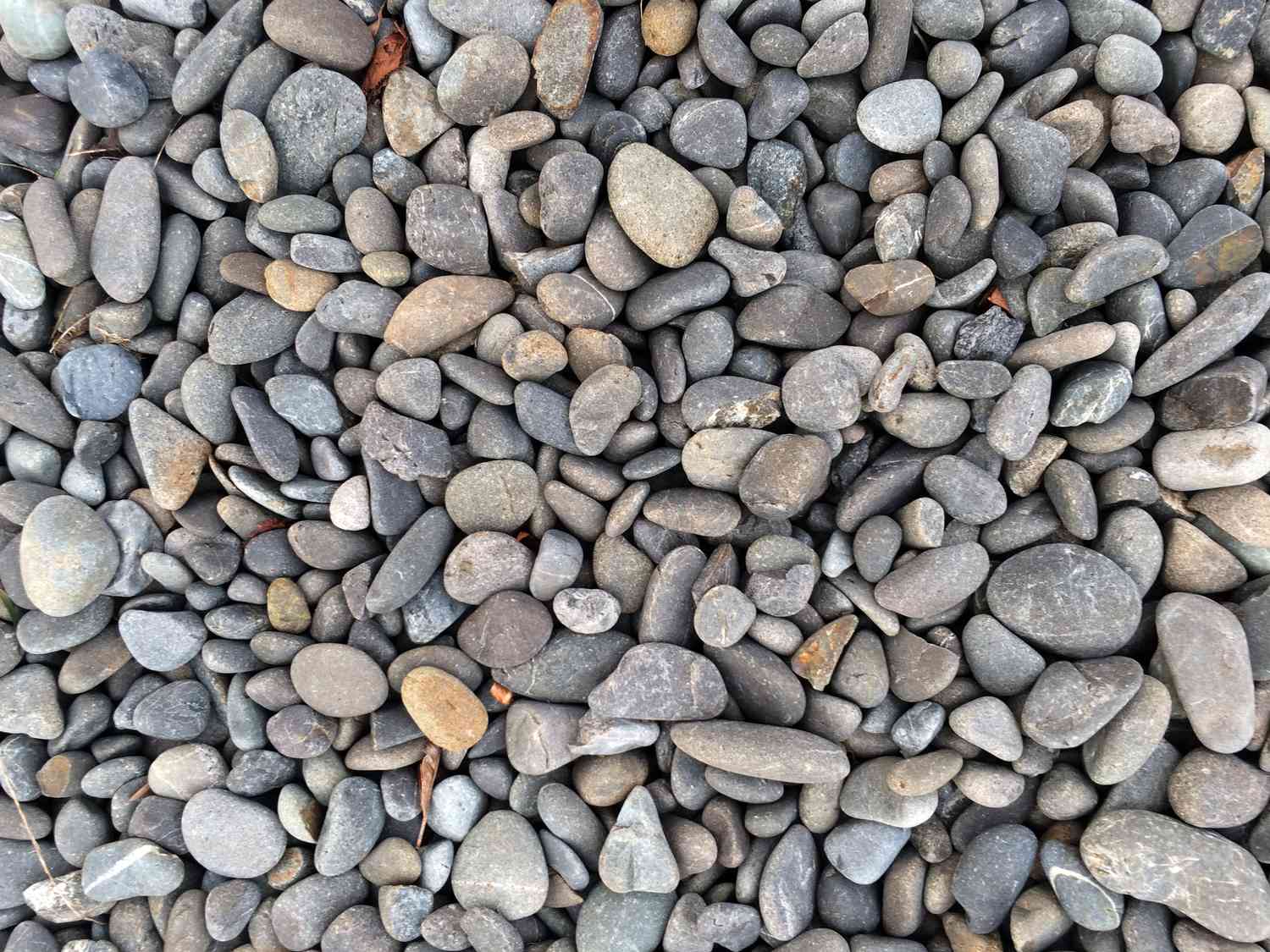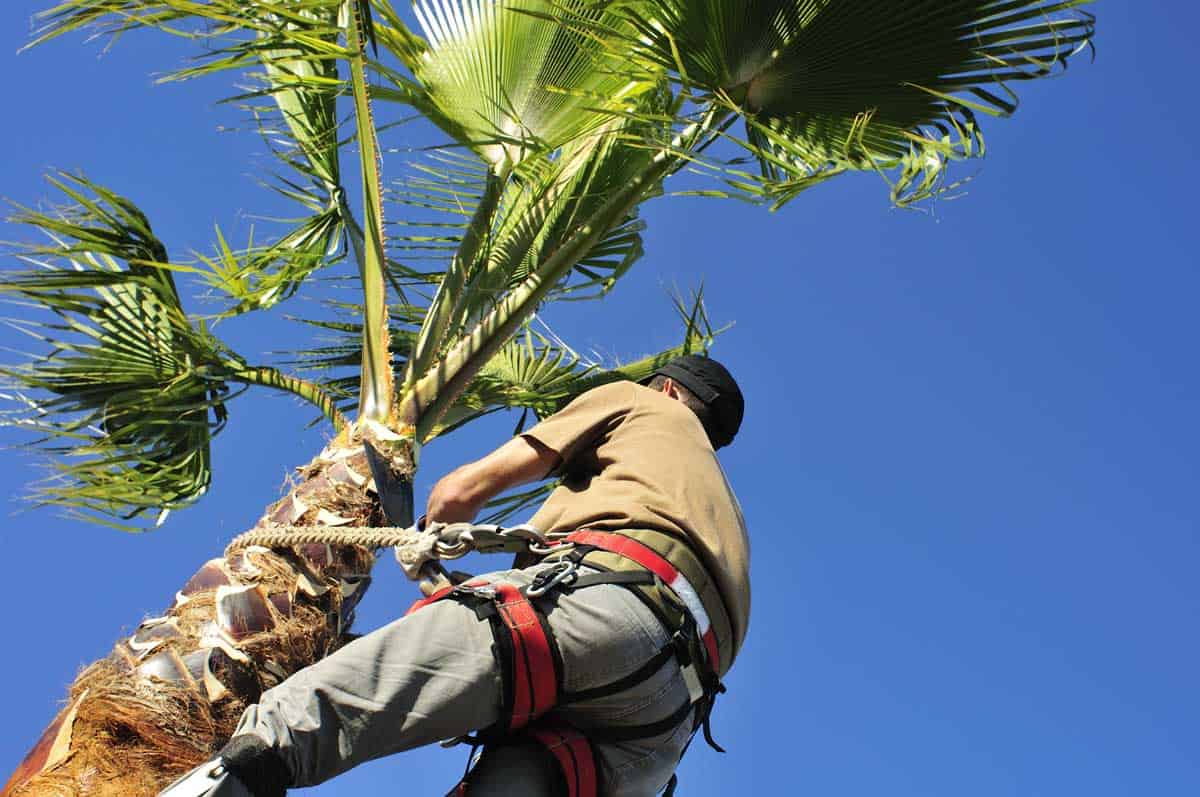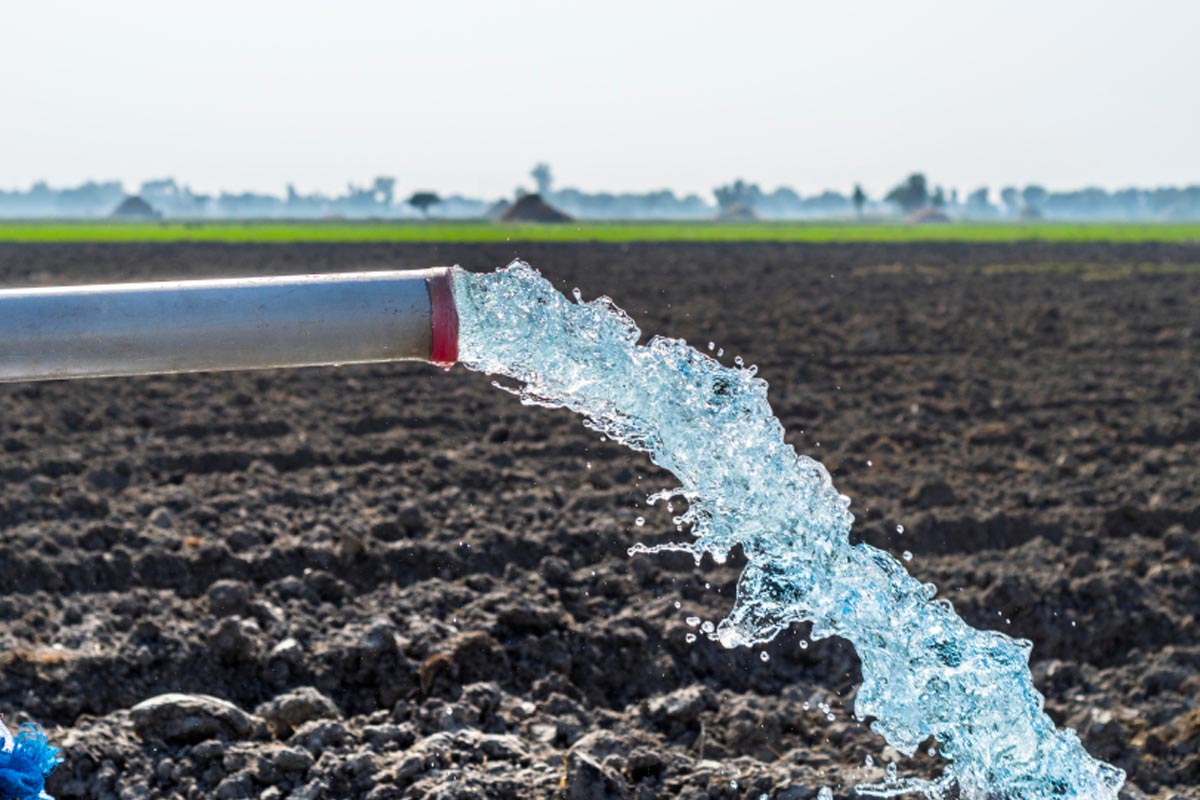Home>Gardening News and Trends>Latest News>How Much Do Pine Trees Cost
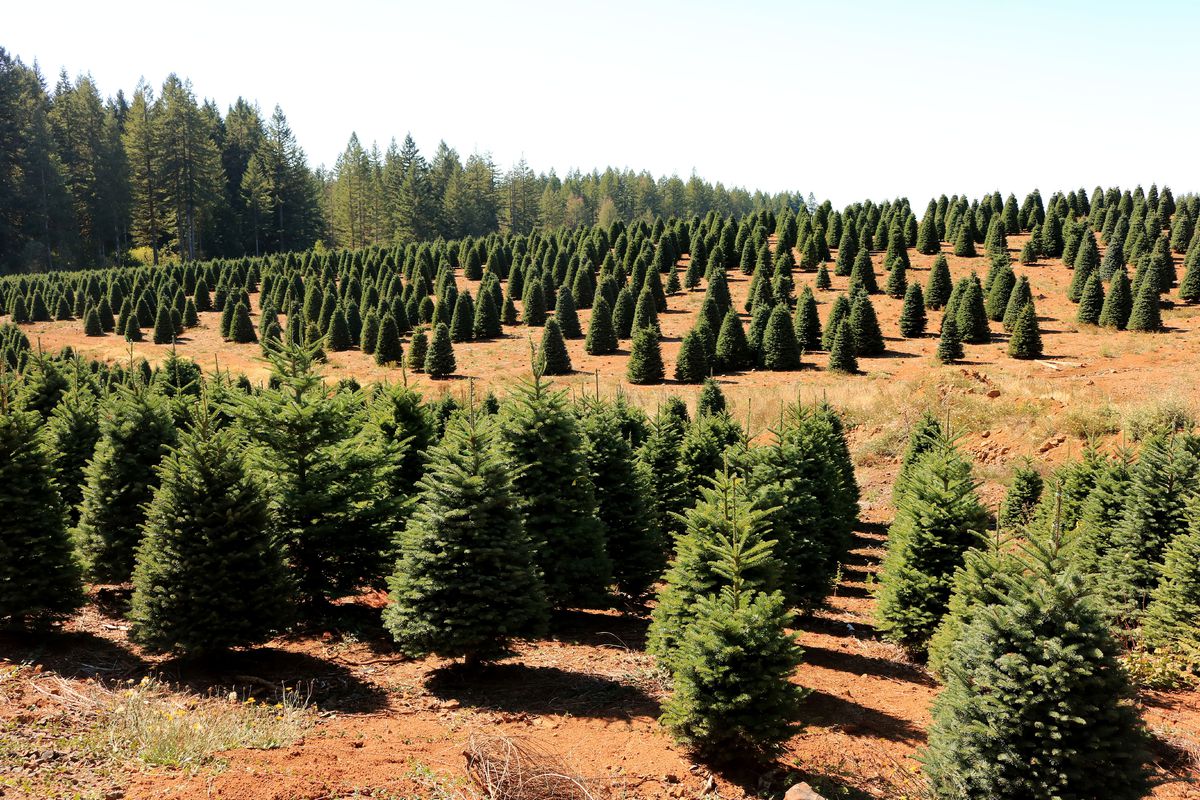

Latest News
How Much Do Pine Trees Cost
Modified: January 22, 2024
Discover the latest news on pine tree prices and find out how much it costs to buy and maintain these beautiful trees. Get expert tips and advice on pine tree care.
(Many of the links in this article redirect to a specific reviewed product. Your purchase of these products through affiliate links helps to generate commission for Chicagolandgardening.com, at no extra cost. Learn more)
Table of Contents
Introduction
Pine trees are not only iconic in their natural beauty and ability to provide shade but are also popular choices for landscaping and holiday decorations. Whether you are a homeowner looking to enhance your outdoor space or a business owner in search of festive greenery, it’s essential to understand the factors that influence the cost of pine trees.
The price of pine trees can vary significantly depending on several factors, such as the size, species, location, and quality. While some pine trees can be affordable, others can come with a higher price tag due to their rarity or unique characteristics.
In this article, we will explore the various factors that affect the cost of pine trees, the different types of pine trees and their price ranges, as well as additional expenses related to their purchase and maintenance. Whether you’re planning to plant pine trees in your backyard or looking to buy a fully-grown pine tree, this guide will help you navigate the world of pine tree prices.
So, if you’re curious about how much pine trees cost and want to make an informed decision, read on to learn more!
Factors Affecting Pine Tree Cost
When it comes to determining the cost of pine trees, several factors come into play. Understanding these factors will help you gauge the price range and make an informed decision. Here are some key factors that can influence the cost of pine trees:
- Size: The size of the pine tree is one of the primary factors that affect its cost. Generally, larger pine trees are more expensive than smaller ones due to the longer growth time required to reach their size. The height, girth of the trunk, and overall volume of the tree contribute to its pricing.
- Species: The species of pine tree also plays a role in determining the cost. Some species are more common and readily available, making them more affordable. However, certain rare or exotic species may come with a higher price tag due to limited availability or unique characteristics.
- Location: The location where you purchase the pine tree can impact its cost. Prices may vary based on local market demand, transportation costs, and the availability of certain species in a particular region. It’s always worth exploring different locations or contacting local nurseries to compare prices.
- Quality: The overall health and appearance of the pine tree can affect its cost. Healthy, well-maintained trees with symmetrical growth patterns and minimal blemishes tend to be more expensive than trees with visible damage or irregular growth.
- Supplier: The supplier you choose to buy the pine tree from can impact the cost as well. Different suppliers may have varying pricing structures, offering discounts or package deals for bulk purchases. It’s advisable to research and compare prices from multiple suppliers to ensure you’re getting the best value for your money.
By considering these factors, you can get a better understanding of why prices may vary and make an informed decision when purchasing a pine tree. In the next section, we will explore the different types of pine trees and their price ranges to further assist you in your decision-making process.
Types of Pine Trees and Their Price Range
Pine trees come in a variety of species, each with its own unique characteristics and price range. Understanding the different types of pine trees and their associated costs can help you choose the right one for your needs and budget. Here are some popular types of pine trees:
- Eastern White Pine: The Eastern White Pine, native to North America, is a common and affordable option. It has soft, flexible needles and can reach heights of up to 80 feet. The price range for an Eastern White Pine tree typically falls in the lower to mid-range.
- Scotch Pine: The Scotch Pine, also known as the Scots Pine, is a popular choice for Christmas trees due to its attractive appearance and strong branches. It has dark green needles and can grow up to 60 feet tall. The price range for a Scotch Pine tree is generally mid-range.
- Douglas Fir: While not technically a pine tree, the Douglas Fir is often included in this category due to its similar characteristics. It features soft, blue-green needles and a conical shape. Douglas Fir trees are commonly used for Christmas trees and can range in price from mid-range to high-end.
- Austrian Pine: The Austrian Pine is a sturdy tree with dark green needles and a dense, pyramidal shape. It can tolerate a variety of soil conditions and is commonly used for windbreaks and landscaping. The price range for an Austrian Pine tree falls in the mid to high range.
- Ponderosa Pine: The Ponderosa Pine is a tall tree with long, yellow-green needles and distinctive bark. It is known for its resistance to drought and is commonly found in western North America. The price range for a Ponderosa Pine tree is generally mid-range.
Please note that the price range mentioned here is a general guideline and may vary depending on factors such as size, location, and supplier. It’s recommended to research local nurseries or contact suppliers for specific pricing information.
Now that we’ve explored the different types of pine trees and their price ranges, let’s move on to the next section, where we will compare the costs of various pine tree varieties.
Cost Comparison of Different Pine Tree Varieties
When it comes to purchasing a pine tree, comparing the costs of different varieties is crucial in order to make an informed decision. While prices can vary depending on several factors, including size and supplier, the following is a general cost comparison of various pine tree varieties:
- Eastern White Pine: As mentioned earlier, the Eastern White Pine is a common and affordable option, with prices typically falling in the lower to mid-range. The cost of a 6-foot Eastern White Pine tree can range from $50 to $100.
- Scotch Pine: Scotch Pine trees, often used as Christmas trees, have a mid-range price. A 6-foot Scotch Pine tree can cost anywhere from $75 to $150.
- Douglas Fir: Douglas Fir trees, although not true pines, are popular choices for Christmas trees as well. The cost of a 6-foot Douglas Fir tree generally ranges from $100 to $200, placing it in the mid to high-end range.
- Austrian Pine: Austrian Pine trees have a denser foliage and are more exotic in appearance. Their price range is typically mid to high, with a 6-foot tree costing around $150 to $300.
- Ponderosa Pine: Ponderosa Pine trees, known for their distinctive bark and drought resistance, are commonly found in western North America. The approximate cost of a 6-foot Ponderosa Pine tree falls in the mid-range, ranging from $100 to $200.
Remember, these price ranges are estimates and can vary depending on factors such as location, size, and quality of the tree. It’s advisable to research local suppliers and compare prices to get the most accurate and up-to-date pricing information.
In addition to the cost of the pine tree itself, it’s essential to consider additional expenses that may be associated with purchasing and maintaining the tree, which we will explore in the next section.
Additional Expenses Related to Pine Tree Purchasing
When budgeting for a pine tree purchase, it’s important to consider the additional expenses that may arise beyond the cost of the tree itself. These expenses can vary depending on your specific needs and circumstances. Here are some common additional expenses to keep in mind:
- Delivery or Transportation: If you are purchasing a larger pine tree or buying from a supplier that is not located nearby, you may need to arrange for delivery or transportation. The cost for this service will depend on the distance and the size of the tree. It’s advisable to inquire about delivery options and associated costs when discussing the purchase with the supplier.
- Planting and Installation: If you are not planning to plant the tree yourself, hiring professionals to handle the planting and installation can be an additional expense. The cost will depend on the size of the tree and the complexity of the job. It’s worth considering this cost if you don’t have the necessary skills or equipment to do it yourself.
- Maintenance: Pine trees, like all living plants, require regular maintenance to thrive. This can include watering, fertilizing, pruning, and pest control. Depending on your level of expertise and availability, you may choose to do the maintenance yourself or hire professionals. The associated costs will vary depending on the services required.
- Tree Accessories: You may also need to purchase certain accessories for your pine tree. This can include items such as tree stakes for support, tree wraps for protection, or tree mulch for soil insulation. The cost of these accessories will depend on the size and number of trees you are purchasing.
- Insurance: If you are planting or installing the pine tree on a property that requires insurance coverage, there may be additional costs associated with insuring the tree and any potential liability. Consult with your insurance provider to understand the requirements and associated expenses.
It’s important to consider these additional expenses when budgeting for your pine tree purchase to ensure you are prepared for the overall cost. By factoring in these expenses, you can make a more informed decision and avoid any surprises down the line.
Now that we have discussed the various factors that affect pine tree cost, the different types of pine trees and their price ranges, as well as additional expenses, let’s move on to the next section, where we will provide some tips for buying and maintaining pine trees.
Tips for Buying and Maintaining Pine Trees
Buying and maintaining pine trees require careful consideration and proper care to ensure their healthy growth and longevity. Here are some helpful tips to keep in mind:
- Research and Select the Right Species: Before making a purchase, research different pine tree species to find the one that suits your climate, soil conditions, and aesthetic preferences. Each species has unique care requirements, so make sure to choose one that will thrive in your specific region.
- Inspect the Tree’s Health: When purchasing a pine tree, carefully inspect it to ensure it is healthy and free from any visible signs of disease or pests. Look for full branches, vibrant foliage, and a strong central leader. Avoid trees with browning needles, discolored bark, or signs of infestation.
- Consider the Size and Location: Take into account the available space in your yard and choose a tree size that fits well within the landscape. Consider factors such as potential height, spread, and root system to avoid future issues. Also, ensure the location provides adequate sunlight and appropriate soil conditions for the chosen species.
- Buy from Reputable Nurseries or Suppliers: To ensure quality and healthy trees, purchase from reputable nurseries or suppliers who have a good track record. They can provide expert advice, offer a wide variety of choices, and guarantee the tree’s condition.
- Plant Properly: Follow proper planting techniques, including preparing the soil, digging a hole that is wide and shallow, and avoiding burying the trunk too deeply. Be sure to water the tree immediately after planting and establish a regular watering schedule during the first few years of growth.
- Maintain Regular Care: Provide regular care for the pine tree, including consistent watering, fertilizing, and pruning. Adjust the watering schedule based on the season and weather conditions. Mulching can also help retain moisture and suppress weed growth.
- Monitor for Pests and Diseases: Keep an eye out for any signs of pests or diseases, such as discoloration, wilting, or unusual growth patterns. Consult with local experts or arborists if you suspect any issues and take appropriate action to prevent further damage.
- Protect from Extreme Weather: Take precautions to protect pine trees from extreme weather conditions, such as strong winds, heavy snow, or prolonged drought. Consider using tree wraps, stakes, or windbreaks to provide support and shelter.
Following these tips will help you make an informed decision when buying a pine tree and ensure its proper care and maintenance for years to come. Remember that each tree is unique, so it’s important to adapt your approach based on the specific needs of your pine tree.
With these tips in mind, you are now equipped to find and maintain a beautiful and thriving pine tree in your outdoor space.
Conclusion
Pine trees are not only aesthetically pleasing but also provide numerous benefits to our landscapes and environments. Whether you’re looking to enhance the beauty of your backyard, create a festive atmosphere during the holidays, or add shade and privacy to your property, understanding the factors that affect pine tree cost is essential.
Throughout this article, we have explored the various factors that influence the cost of pine trees, including size, species, location, and quality. Moreover, we have discussed the different types of pine trees and their price ranges, providing you with a comprehensive overview of the options available in the market.
In addition, we have highlighted the importance of considering the additional expenses related to purchasing and maintaining pine trees. Delivery or transportation costs, planting and installation fees, maintenance expenses, and the need for tree accessories and insurance should all be taken into account when budgeting for your pine tree purchase.
Lastly, we shared valuable tips for buying and maintaining pine trees, emphasizing the importance of proper research, careful inspection, and regular care. By following these tips, you can ensure the health and longevity of your pine trees, allowing them to thrive in your landscape and provide you with years of enjoyment.
Whether you’re a homeowner, business owner, or nature enthusiast, understanding the intricacies of pine tree costs and maintenance will help you make informed decisions and create a beautiful and sustainable outdoor space.
So, go ahead and explore the wonderful world of pine trees, find the perfect species for your needs, and enjoy the many benefits they bring to your surroundings.
